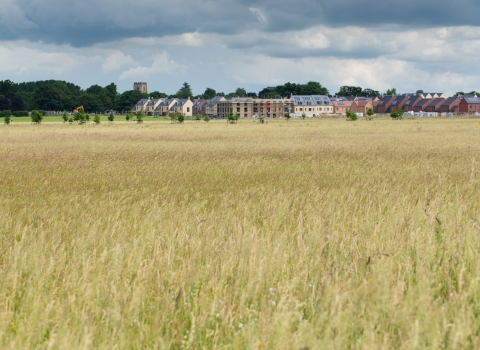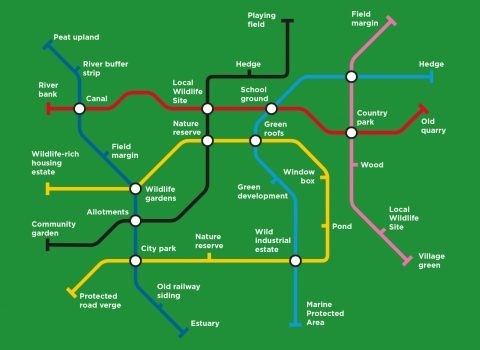The two Councils of Cambridge City and South Cambridgeshire cover an area of over 360 square miles in the Southern part of Cambridgeshire. They are currently consulting on a joint Local Plan which will affect all development in this area until 2040. The services together currently determine around 7,000 planning and related applications per year.
Setting up a Local Plan means putting in place the framework that planning applications are measured against - it's vital that we get it right for nature's recovery and a wilder future.
The Local Plan is currently open to consultation, and Greater Cambridge want to hear from residents about their ideas and feedback. The deadline for comments is 24 February, and we hope you will take time to share your own thoughts. It's a good opportunity to have your say on how important biodiversity and green spaces are to you.
What should be included in the Local Plan?
In order for the Local Plan to deliver the best outcome for nature, we've put together a list of vital things for inclusion:
- The identification of a nature recovery network for the Greater Cambridge area, with this network being explicitly mapped in the local plan. The nature recovery network should guide the location of all future development so that any new development is located where it does not compromise, damage or fragment the nature network. This will contribute to the Doubling Nature vision for Cambridgeshire.
- All new development should achieve a measurable 20% net gain in biodiversity. New habitats should be created in places that help enhance and create the nature recovery network (see above).
- The local plan should provide for the creation of a significant area of new strategic natural greenspace, including large-scale habitat creation. Several areas should be planned, located where they will provide the natural space for the current and future population, create inspirational landscapes in and around Cambridge, and support the nature recovery network and doubling nature vision.
- Tree planting and woodland / tree cover should be increased, but be based on the principle of the “right tree in the right location”. Increased tree cover can help cool urban areas, reduce air pollution and improve the urban landscape. Woodland creation can provide both new habitats for wildlife and natural greenspaces for access and recreation. Natural regeneration should form a significant element of woodland creation, and tree planting should not occur on important wildlife sites where grassland and / or wetland habitats are important for species of more open habitats.
- All new development should have the highest standards of water efficiency and minimise use of water from the chalk aquifer. New developments should also incorporate sustainable urban drainage systems to help water percolate back into the soil and recharge the aquifer, as well as avoid exacerbating flooding elsewhere.
- New development should maximise use of renewable energy generation, passive heating and cooling, and be working towards being carbon neutral in construction and once being lived in.



